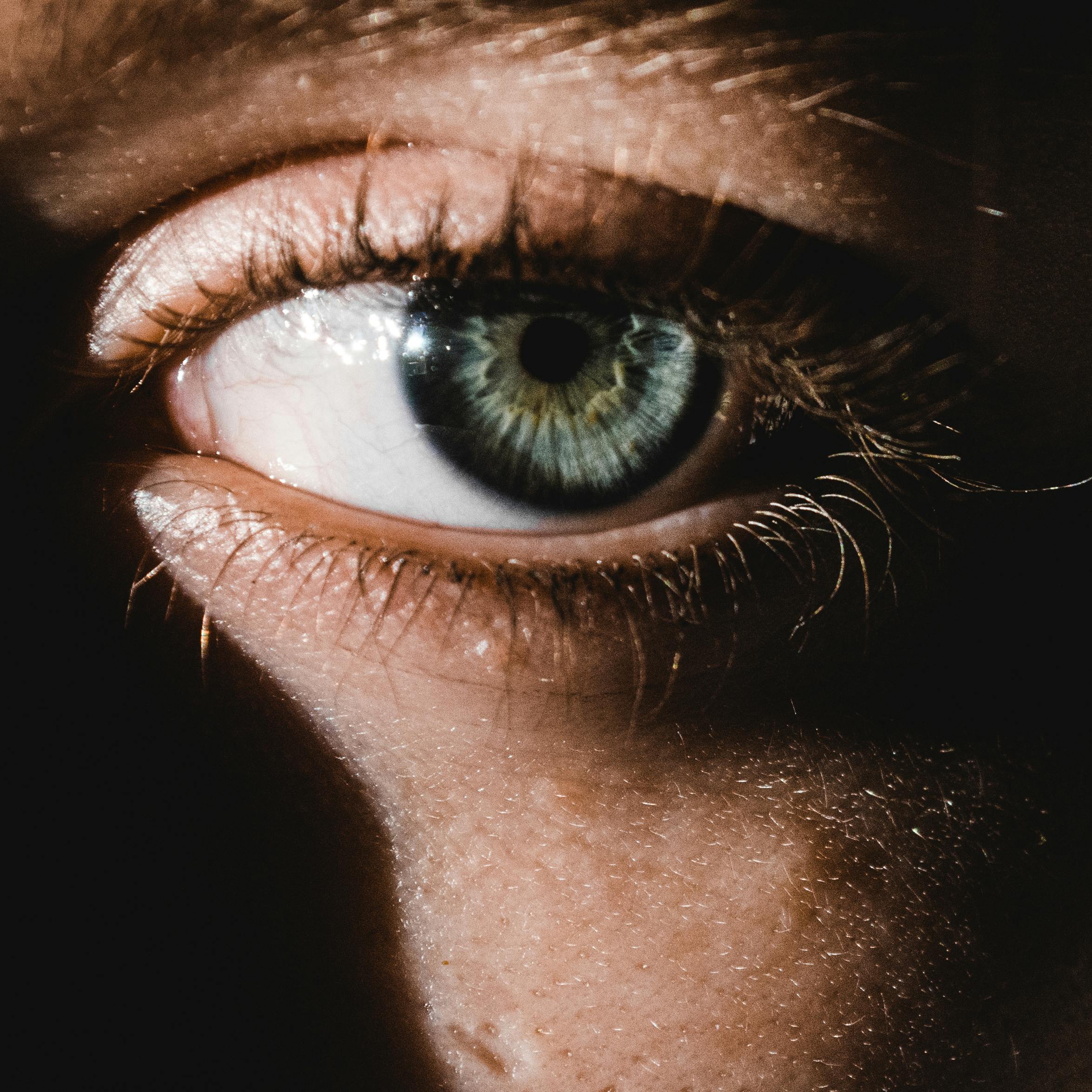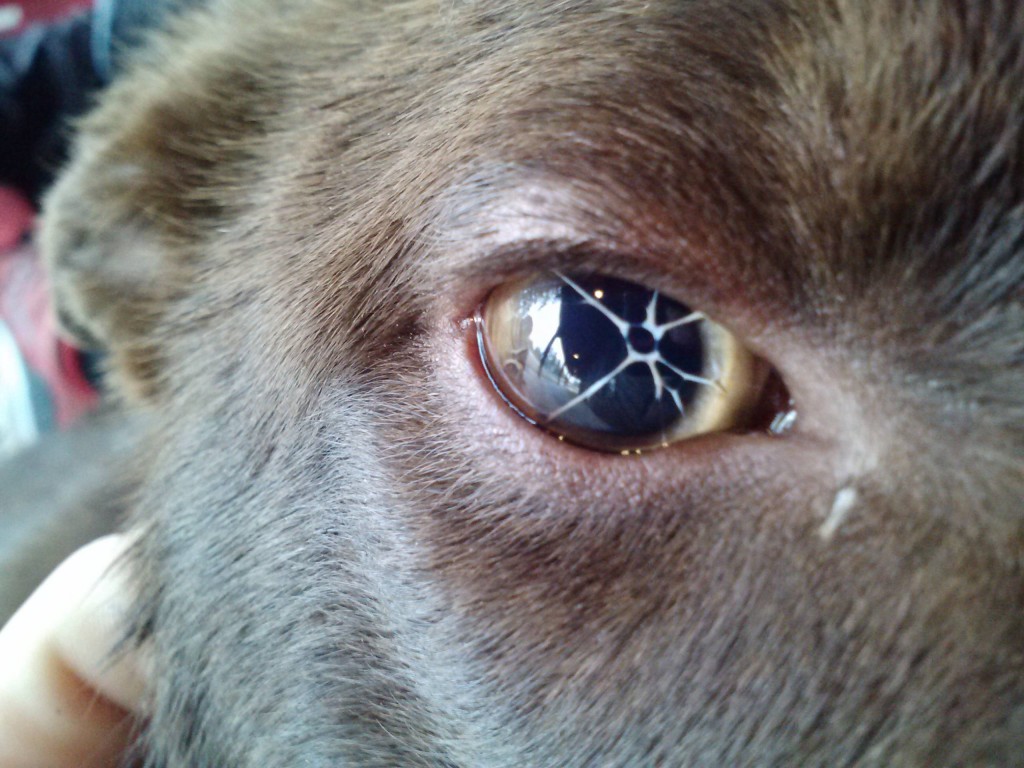
The eye may be less responsive, even when doctors shine a bright light near the eye to test for a reaction. The pupil may stay dilated, meaning that it is open wider than necessary in the presence of light. If a person has Adie syndrome, the affected pupil does not do this correctly. These changes happen very quickly to help humans see in different light conditions. In general, the pupils get smaller or larger in response to changes in light. Typically, Adie syndrome may result in a change in the dilation of one of the pupils. In these instances, it is possible to inherit the syndrome from a parent. In rare cases, causes of Adie syndrome may have a genetic aspect, as well. Damage to the dorsal root ganglion at the root of spinal nerves may have similar causes and could lead to a loss of reflex in these areas. The loss of deep tendon reflexes, such as the Achilles or patellar reflex, may also occur due to similar damage in the nerves. This inflammation or damage to the nerves may arise from issues such as: Symptoms may have their own mixed causes.Ī leading theory is that inflammation or nerve damage in the ciliary ganglion, which sits just behind the eye, causes symptoms in the eye, including the improperly dilated pupil. In most cases, Adie syndrome is idiopathic, which means that doctors do not know the exact cause. It is most common in young adults between the ages of 25 and 45 years and more likely to affect females than males. If you think that your dog may have an injured eye, get them to us for a checkup as soon as possible.Share on Pinterest People with Adie syndrome have eyes that respond more slowly to light.Īdie syndrome is relatively rare, affecting close to 5 in every 100,000 people. It’s very, very unusual to come across a scratched cornea that won’t respond to one or more of the advanced treatments we have available now! In this case, we may perform surgery to encourage healing (such as a grid keratotomy) or use a pedicle flap or graft as above. If the eye doesn’t heal normally, the injury may become an indolent ulcer. Other options include EDTA drops (which do a similar job) and bandage lenses (soft contact lenses that will protect the eye while it heals).Ī really serious laceration of the cornea may require surgery – often a pedicle flap to use part of the lining of the eye as a tissue graft to protect and nourish the injury and allow it to heal.
#Dog one pupil larger than other full#
This is a liquid that is extracted from the dog’s own blood (we’ll take some if we need to!) that is full of pro-healing, anti-infection and anti-wound breakdown chemicals and is applied as an eyedrop. The reason we use antibiotics is that it’s usually just the infection in the wound that stops it from healing on its own!Īdditional drugs and treatments are available to encourage healing, most commonly plasma drops.

If by the end of this time the injury is healing but not quite gone, we can usually just extend the treatment for another week or so. This usually involves a short course of antibiotic eye drops and some painkillers for a week or so. The vast majority of corneal injuries are fairly minor and respond really well to simple treatment. We can then decide on the best course of treatment. Once we’ve had a really good look at the injury and the rest of the eyeball, we’ll use a special dye called fluorescein – this sticks to damaged corneal cells, showing us how wide and how deep the injury is. To do that, we may have to sedate the dog, but usually, we can use local anaesthetic to stop it hurting and allow us to examine the eye. Yes – most commonly dry eye (keratoconjunctivitis sicca), where the eye doesn’t produce enough tears as a result, the centre of the cornea dries out and cracks or ulcerates.įirstly, we’ll try and find out how severe the injury is. Is there any other condition that can be mixed up with it? Milkiness or blueness of the surface of the eye.


The other big problem is with dogs with protuberant eyes (like Pugs) who cannot extend their eyelids to cover the whole surface of the eye. If a dog encounters an aggressive or particularly scared cat, they will often make a swipe with their claws – and may catch the dog’s eyes. The most common cause is running through thick undergrowth or grass and not blinking quite fast enough! It’s also fairly common for a grass seed, a blade of grass, or even a clump of hair to become trapped underneath the eyelid, causing scratches every time the eyeball moves. As a result, this type of injury is known as a corneal ulcer or corneal laceration. First things first – get him down to us to check it out! Dogs’ eyes are delicate, and it’s really important that we’re able to treat any injuries quickly…Īny object that is either hard or sharp will scratch the cornea (the front layer of the eye) – grass blades, thorns or brambles, a cat’s claws, etc.


 0 kommentar(er)
0 kommentar(er)
